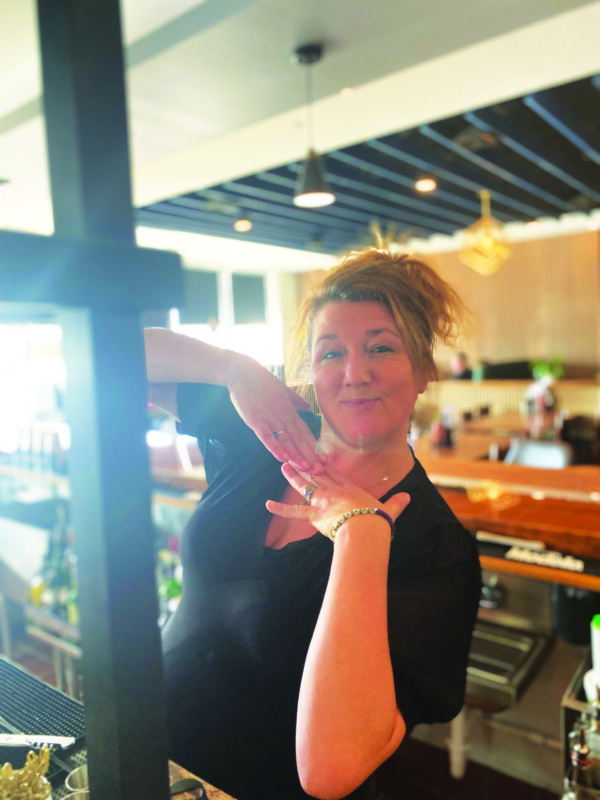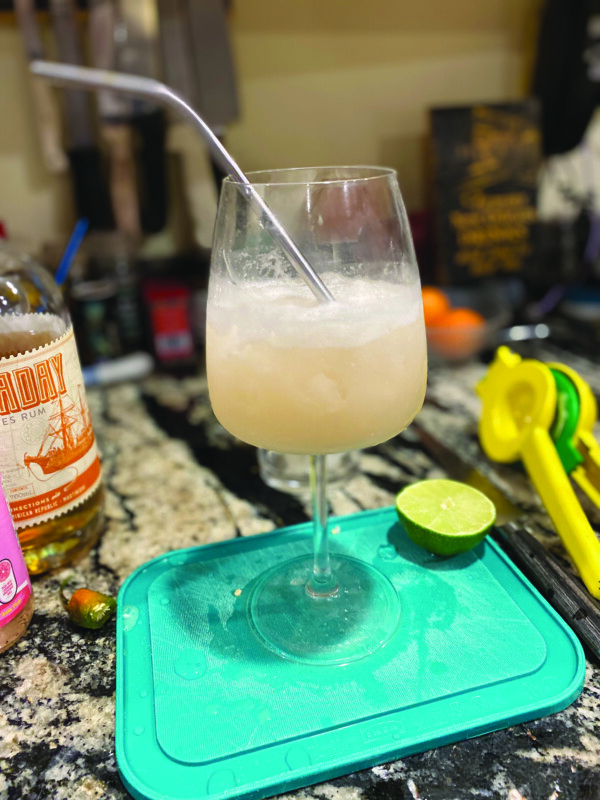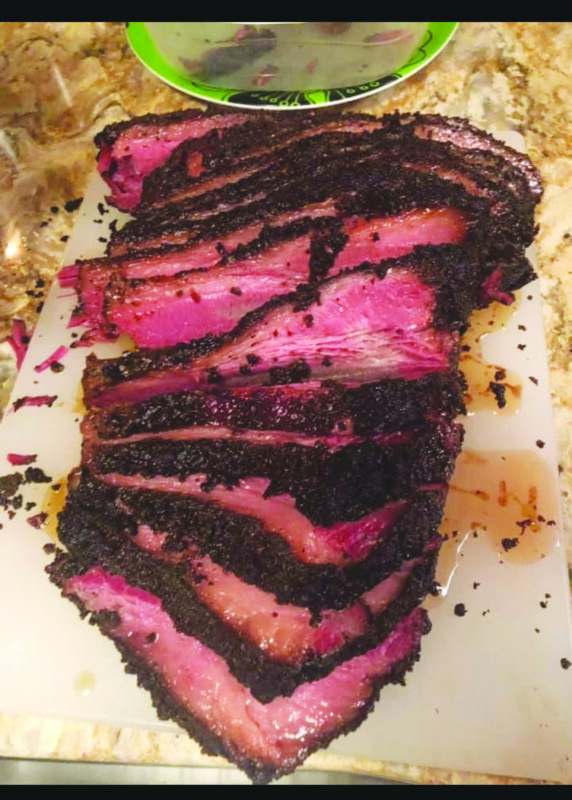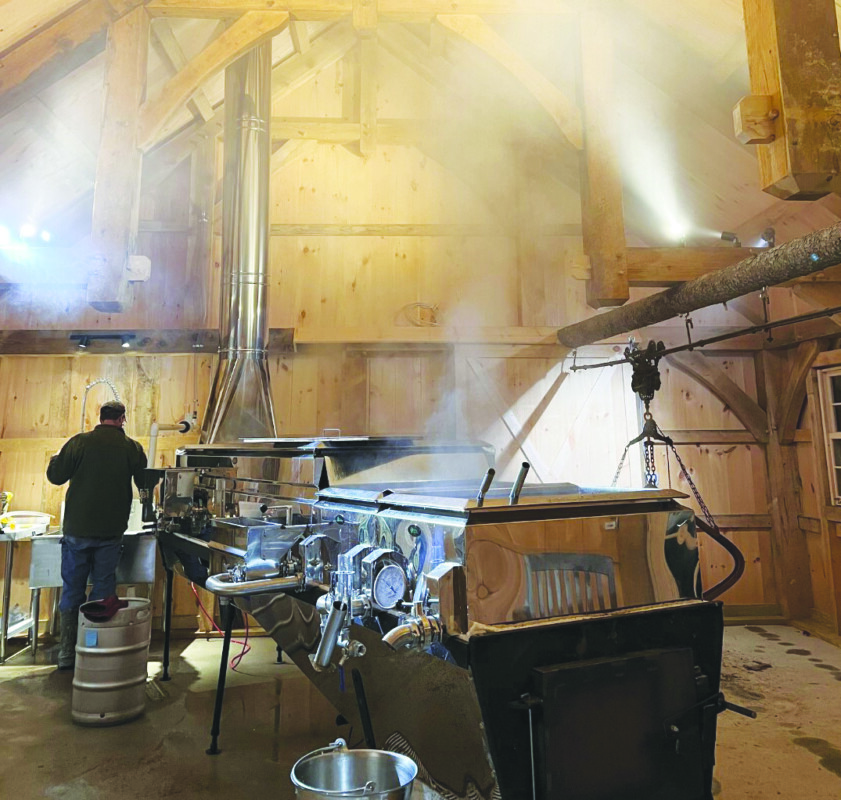Spice Restaurant is an adventure
Carolyn Trepanier has put more thought into cocktails than most people have into their retirement plans.
“Spice is the spice of life,” she said. “But spice doesn’t mean spicy,” she clarified. “Spice means flavorful; it doesn’t mean hot, necessarily. I pride myself in creating craft cocktails. I make drinks that are drinkable but also give you that little relaxation that you want. We are like chemists.”
Trepanier is the bartender at The Spice Restaurant & Bar, one of Nashua’s newest restaurants. According to owner Hanh Nguyen, one of the primary goals of the restaurant is to give customers an adventure.
“We love to play with the food a little bit,” she said, “but also keep the culture, the flavors. Our food is a combination of Asian fusion, so we serve Thai, Vietnamese and Japanese. We include a hot pot room too, with more Chinese and Vietnamese food.”
This sense of adventure touches on several different senses, Nguyen said. “That’s why we have a spice for every single plate,” she said. “For example, Vietnamese. Vietnamese is really popular with pho, noodle soup. If the broth looks light, it looks very simple, but actually we cook bones for 24 hours with at least seven different spices like star [anise], cloves and herbs until you can smell the broth when you eat it.”
And, of course, that same sense of adventure extends to the bar.
“I’ve been given the go-ahead and the engine to just make whatever works,” Bar Manager Trepanier said. “I’ve incorporated a lot of syrups here. For example, he” — she pointed to a customer at the end of the bar drinking a cocktail in a rocks glass — “just got a maple old-fashioned, so that’s a maple simple syrup. We do everything; if I can get my hands on anise or coriander out of the kitchen, I’ll amplify it a little bit. So, we have lemon simple syrup, maple, brown sugar, jalapeno brine, olive brine…. I do a lot of hot and dirty [martinis]. I stuff my own blue cheese olives. I made a spiced mango margarita last week. [The customers] loved it. I can do a salty tahini rim. I can do a sugar rim, or no rim.”
The idea, Ngyuen said, is to present guests with a combination of familiar dishes to make them comfortable, with just enough new elements to add to make every meal an experience. She pointed to the short ribs as another case in point. That is a cut of beef that can be very tough, “but we cook it until it rips off the bone, and you can bite into it easily.” From that base the dish takes a surprising, pan-Asian turn. “We try to get people excited, with basil and bean sprouts, and lime. And also in the broth we have greens, like scallions, onions and cilantro. [Then] the customer can see this new thing come out with a short rib.”
Nguyen said that so far it seems like customers have enjoyed Spice’s take on food and drink. “We’ve had good crowds for the first couple of weeks,” she said, “and then everybody has loved the food. They keep returning to try different items on the menu.” At this point the menu hasn’t been set in stone.
“We haven’t gone with our final menu just yet,” she said. “We want to see what the customers here want, and make [the menu] a little smaller, easier for people to come and enjoy.”
At the bar, Trepanier makes a point of making drinks that are a little bit exotic but not complicated.
“Something I’ve come up with on my own,” she said, “is called a Spicy Bloody-Tini. A lot of Bloody Marys come with way too much. I make my own mix. I muddle jalapenos with the seeds, and cucumber, which is European. That gets muddled in, we do the Tabasco, all that, but the garnish on that is a small angled cut of celery, instead of this big stick in your drink. The garnish goes: three olives, celery, cucumber, lemon and lime. I put a jalapeno ring dead in the center, and then I crack black pepper over it. That’s it. [Our customers] are already buying a meal; they don’t need a meal as a garnish on their drink.”
The Spice Restaurant & Bar
300 Main St., Nashua. 417-7972, thespicenashua.com
Open for lunch and dinner seven days a week: Sunday through Thursday, 11 a.m. to 9:30 p.m., Saturday and Sunday, 11 a.m. to 10 p.m.
Featured photo: Carolyn Trepanier, bar manager. Photo by John Fladd.






